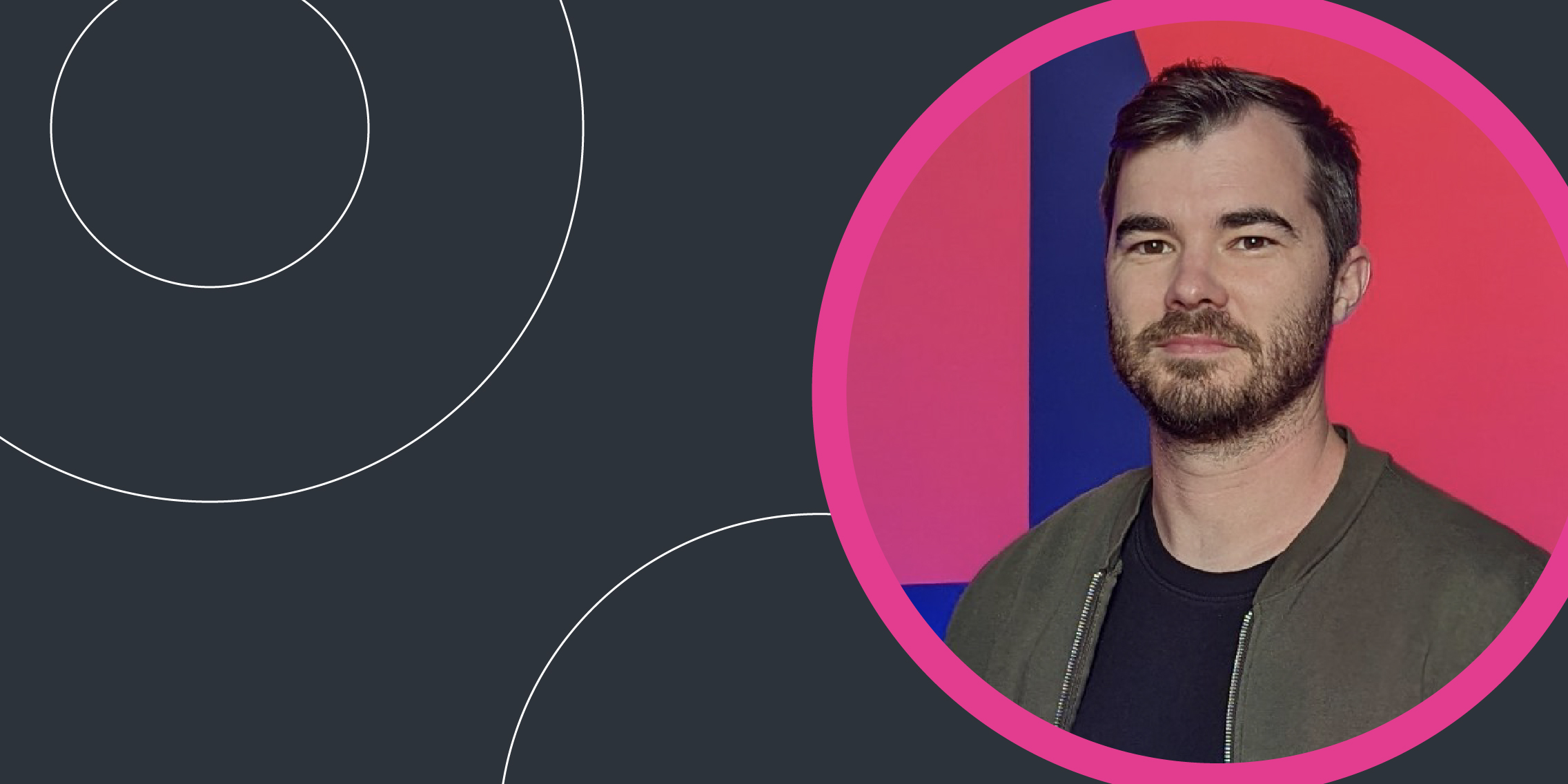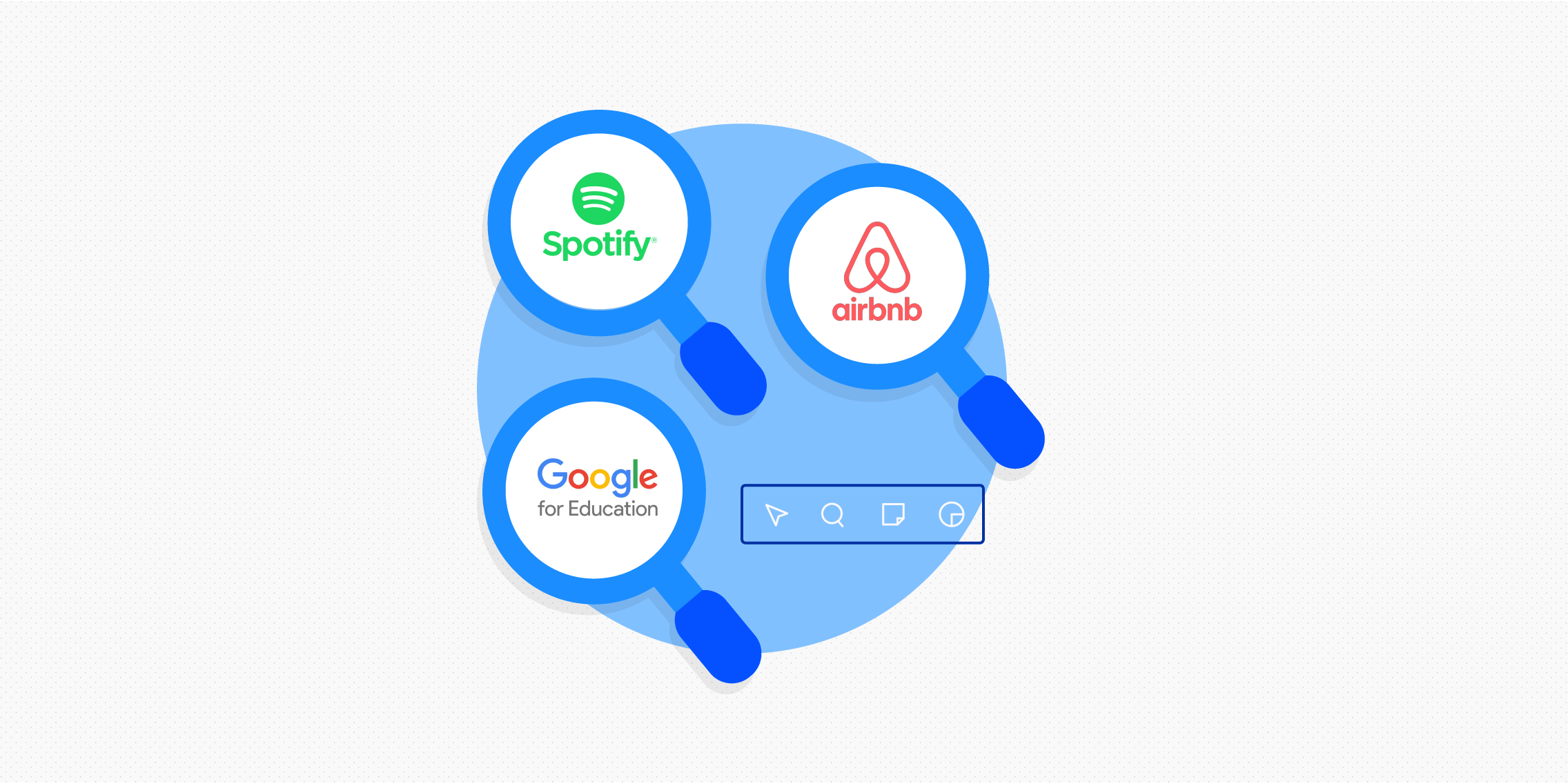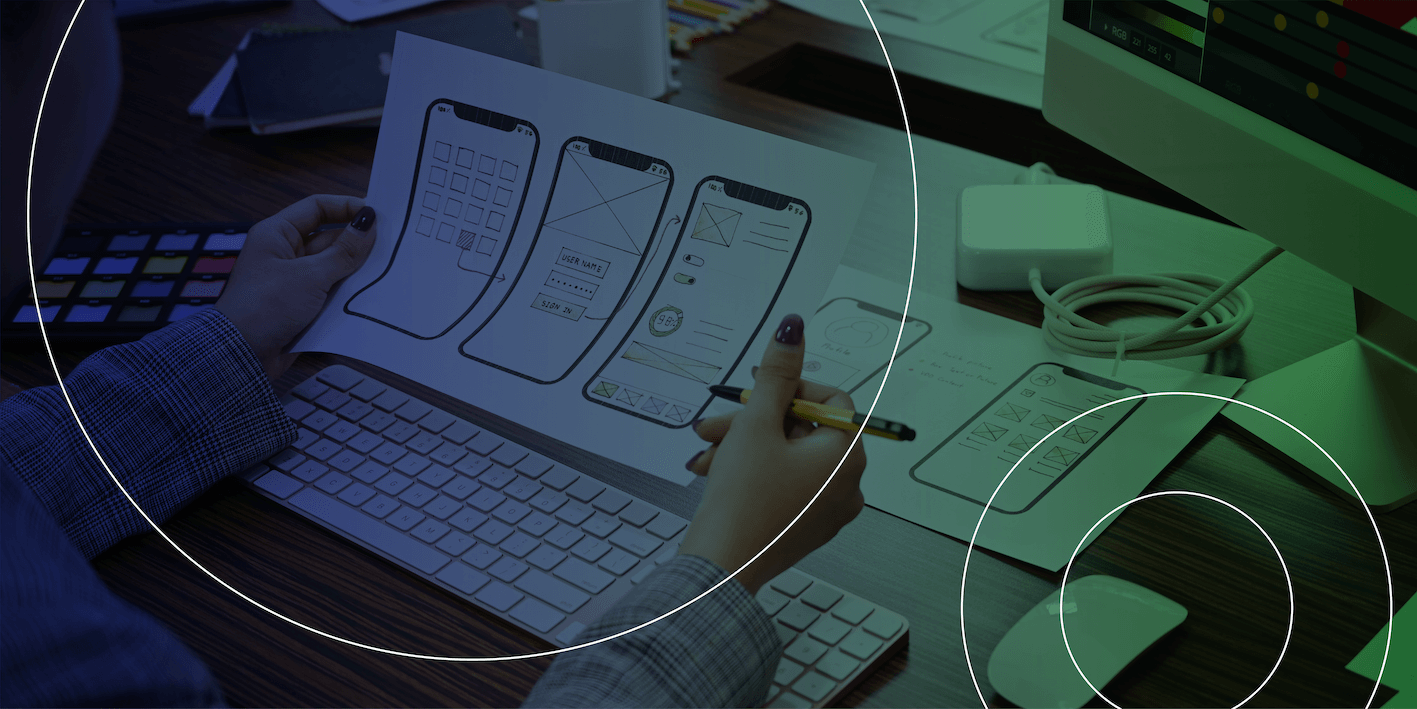Adam Glynn-Finnegan has spent most of his career designing exceptional user experiences—including for Airbnb and Netflix. In this exclusive interview with Gareth Dunlop, he shares how he got to his current position, the most valuable learnings from his career so far, and what separates great designers from good ones.
Adam Glynn-Finnegan’s career highlights:
- Staff Product Designer at Netflix Studio, April 2021 – present
- Head of Design at Flux, February 2020 – April 2021
- Product Design Lead at Airbnb, October 2015 – February 2020
- Design Advisor and Investor – January 2018 – present
Interview themes at a glance:
- From branding and marketing to product design: where it all began
- The Airbnb years: metrics are useful but storytelling is key
- From Airbnb to Netflix: going beyond audience segmentation to powerful personalisation
- Facilitating teamwork across studio and streaming: a culture of curiosity, WAYWO, and a design system named Hawkins
- Defining and driving success: what separates great designers from good ones?
From branding and marketing to product design: where it all began
Adam Glynn-Finnegan started his career in design agencies, working in Flash and Dreamweaver to design online campaigns. After a variety of projects in web, graphic, and motion design, he started his own agency which he ran for about three years.
Then came Adam’s first foray into the world of tech and Silicon Valley. He joined note-taking app Evernote as a remote employee, responsible for brand, marketing, and the dot-com international websites. After a few years as Principal Brand Designer, he then transitioned into a lead product design role—a move that opened up new opportunities and ultimately set the stage for a fascinating career to come.
The Airbnb years: metrics are useful but storytelling is key
After Evernote, Adam moved across to Airbnb. He joined the startup during a period of rapid growth where “everything was happening at a million miles an hour.”
With a team of 30 designers and about 5 researchers, he worked on a variety of pivotal projects—including leading the design of Airbnb’s original design system, an internal tooling design system, search and discovery (focused on homepage listings for potential guests), and trust and safety.
Airbnb’s approach was rather unique in how it deconstructed the design process into problems to be solved across different domains like search, discovery, and security. Adam recalls how working in such an environment required a careful balance between laser-sharp focus and respect for the greater vision.
So how did it work—and how can it work for others looking to follow a similar process?
- A clear, overarching vision keeps everybody pointed in the same direction. This can be broken down into smaller, separate tasks, but Adam explains how, at Airbnb, everybody “regularly came up for air” to ask how each unit of work contributed to creating a unified user experience.
- The design system underpins the work from a visual perspective, ensuring that the user doesn’t see all the different parts moving behind the scenes.
- Metrics play an important role in judging features, but the ecosystem and the vision take priority. Adam notes how metrics could be put to one side if the work or feature in question was serving the vision. Without the vision, he says, you’re just “testing to infinity.”
- Storytelling is critical. As Adam explains: “We’ve all been on booking websites where everything’s badged and fully optimised but there’s no coherent story. At Airbnb, our storytelling was framed like the “Snow White journey”, taken from Disney, meaning there’s a character introduction, a moment of friction, a solution for the friction, and then a moment of clarity, excitement or delight. Our version of the plot line was the best possible user journey in the apps, and hopefully finding a sense of belonging or connection in the real world”
- Metrics, consistency, and user experience work together in harmony. During Adam’s time at Airbnb, there was a strong focus on the connection between design, product and engineering, with everyone staying mindful of the vision.
From Airbnb to Netflix: going beyond audience segmentation to powerful personalisation
About a year after leaving Airbnb, Adam joined the design team at Netflix Studio—the division responsible for producing the content on Netflix. In his current role as Staff Product Designer, Adam works on the suite of products used by content producers, with a focus on metadata, AI, personalisation, and matching.
There are some interesting parallels to be drawn between Adam’s work at Airbnb and his current role at Netflix. Both products require designing for “search and discovery”, and both have two distinct user types: those who know exactly what they want, and those who want to be inspired or surprised.
One platform is about matching guests with their ideal holiday home; the other is about providing the user with viewing suggestions that best meet their needs and preferences at a given moment in time. Regardless of these differences, the process of designing those experiences focuses on:
- Deeply understanding the content, be it a holiday home or a movie suggestion;
- Describing it in a way that resonates with the individual user;
- Presenting it to them in a highly personalised way.
Personalisation, of course, plays a critical role. Without it, platforms like Airbnb, Netflix, and Spotify wouldn’t be half as engaging and enjoyable. So how does Netflix do it? What’s the secret to going beyond simple audience segmentation to game-changing personalisation?
The key ingredients, Adam explains, are choice, flexibility, user tools, and the seamless blending of content and UI:
Our job is to tailor the experience in a personalised way while also being flexible for that surprise element. Everyone consumes the content differently, and we need to present options to offer you choice. When we understand the content at a granular level, we can offer up titles inside interesting collections. We uncover the essence of each show, beyond just genre—the tone, the plot, the storyline, the origins, the setting, the talent—and these all inform how we display the show to you.
It’s almost impossible to separate content from UI within Netflix. The UI is often seamless, focused on removing friction and letting people watch the way they want to watch. The concept of bingeing, the “Skip Intro” button, comes from that mindset, giving members the tools to enjoy shows in the way they like to. That’s also personalisation. We give members the tools to give feedback so they can actively participate in telling us what they love.
Facilitating teamwork across studio and streaming: a culture of curiosity, WAYWO, and a design system named Hawkins
When talking about Adam’s role at Netflix, it’s important to distinguish between the two arms of experience design (XD) at the company: Streaming, which focuses on the experience of Netflix subscribers (i.e. viewers), and Studio, which focuses on the experience of content producers.
Adam explains how, despite the teams being split, the two sides are closely coupled—with content being the link that connects the two:
The Studio team sees the content during a different phase of its life. We work early with a production, absorbing a script from a very early stage, so that by the time the show is finished and launches, we know everything about it and how it evolved. The tools we design empower our users (content producers) to build rich metadata at scale across many titles. That metadata, in turn, empowers our colleagues in content to make editorial, marketing, and personalisation decisions, all based on that foundation of high-quality metadata.
While two distinct teams working in synergy may be the ideal, achieving that in reality can be extremely challenging. Adam cites several key tools, processes, and practices that help to unify the Studio and Steaming teams at Netflix:
- Figma for effective collaboration, particularly from designer to designer across teams and projects.
- A culture of curiosity. People working on similar challenges are encouraged to share prototypes or Loom videos to make sure everyone is aware of the work that’s going on, and to ask questions, explore learnings, and see opportunities in what others are doing.
- A single Head of Design who represents design at the highest leadership level, with a focus on cross-functionality covering UX, engineering, and product.
- Weekly WAYWO (What Are You Working On)—every Wednesday, designers at every level and from every team share their screens and show what they’re currently working on. This is the modern-day version of the water cooler, generating interesting spin-off conversations and providing insight into what everybody is doing.
- A design system named Hawkins (named after the town in Stranger Things) that keeps everybody connected. The system has specific component sets for the Streaming side (TV, mobile, web, etc.) and Enterprise teams (Partnerships, production tools, etc.). The components are unique but the foundations—type, colour, interaction patterns, accessibility practices—are shared.
Defining and driving success: what separates great designers from good ones?
Adam is certainly making his mark on the design industry—but what exactly is it that drives success in his role? What qualities separate great designers from good ones?
As a designer, I think it’s really important to be pragmatic and flexible. I shudder when I see posts online which say ‘Designers should do X,Y,Z…’ A lot of these success tips aren’t grounded in reality. It’s like, okay, now try making that glossy mockup work in a global organisation when you’re designing for 62 languages, designing for accessibility, designing for skilled professional users, or designing across a two-sided marketplace. I’m passionate about designers having a high level of craft and producing amazing work. I’ve found that being flexible is crucial in companies that are moving so fast. It means sometimes you need to write the brief, you need to present the slide deck, do your own research to understand your users and find ways to seek feedback on your work. It’s key not to be precious or stick to the job description.
Interview conducted by: Gareth Dunlop, consultant, speaker and writer on UX design leadership. For 25 years Gareth has founded, led, grown and sold digital agencies. He currently speaks, writes and consults on innovation and UX design leadership.
Note: This interview was conducted for the Journal of UX Leadership, a new publication from the UX Design Institute for ambitious UX professionals who want to learn from their peers and grow their careers.




